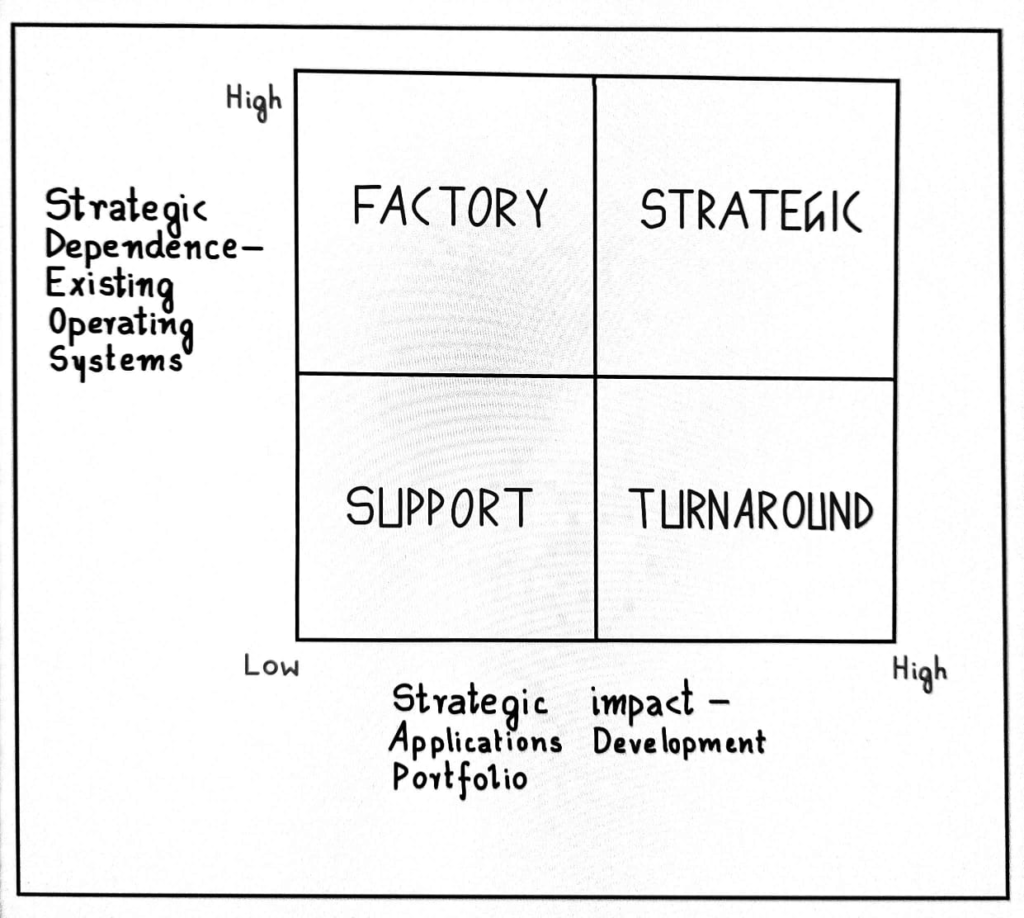
‘The adventures of an IT Leader’ narrates the journey of a fictional character Jim Barton, from a Business manager(Head of Loan Operations) to the IT head (Chief Information Officer) in a fictional company.
There is a chapter in the book dealing with estimating value from IT projects so that we can choose to spend on projects that adds most value.
Unlike other business operation areas, IT usually doesn’t bring revenues from external sources, so it could not point to growth in revenues or profitability in terms of revenue less cost. Business departments tends to claim huge savings that results from anything they wanted to do in order to get a project approved. Some departments claim it as their own. In such cases if IT department adds it , it would become double counting. Let me walk you through two techniques discussed in the book
“Competes versus qualifiers” is a method used to find projects for investments . A Qualifier investment enables you to keep in a business. It fixes your place in the market. Whereas a compete investment helps you to be ahead of your competitors. It acts as the fuel to win the race. This categorization helps us to know how much of the budget we spend to qualify versus how much we spend to compete.
McFarlan’s Strategic Grid is another method to find the project ideal for investments.
The y axis represents the operational dependence of the company on IT. The X axis is about how much competitive differentiation the company obtains from IT. The bottom left corner represent less dependence on IT operationally or Strategically, it is a category of less value.
The upper right quadrant, you will get lots of advantage over your competitors and is ‘operationally dependent’.

If You Have Any Question,
Feel Free to Call 123-456-7890
Ac cum nunc vitae ut turpis praesent nunc odio lorem dictumst vestibulum sem pharetra urna pretium.